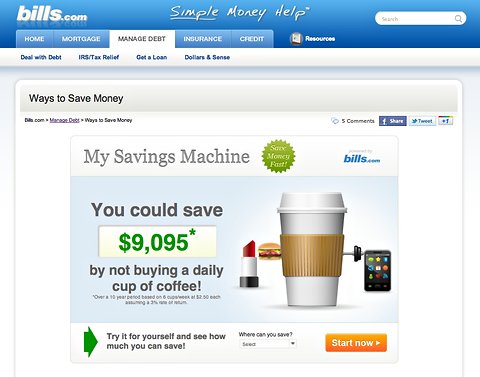A. Obviously, pay is one of the most important factors when deciding whether to move. Ideally, your new salary should allow you to maintain your current lifestyle in the new area.
Create a chart that compares the cost of living and real estate prices in your current city with those of the new one, says Brenda Harrington, president of Adaptive Leadership Strategies, a coaching firm in Reston, Va., that specializes in mobility and relocation. Beyond housing costs, include the stuff of everyday life, like the price of groceries, restaurant meals and gasoline, she says. Find out if the new city has a local income tax in addition to state tax.
If you own a house, the financial equation can change, even if the cost of living in the new area is lower than it is where you live now. If you have to take a loss to sell your house, the financial burden may be too great to make the move worthwhile, says Anna Ranieri, a career counselor and executive coach in Palo Alto, Calif.
Q. How can you minimize the risks, both financial and personal, of moving for the sake of a job?
A. Temporarily renting a house or apartment in the new area while renting out your existing house, if you own one, is one way to do that, Ms. Ranieri says. It lowers your financial risk and gives you time to learn about the job and the new city before making a long-term commitment. “You can’t really know everything about it until you are living and working there,” she says.
Research other job opportunities in the new location. “If this company is the only company there in your industry and the job doesn’t work out, it may be difficult to find something else,” Ms. Ranieri notes.
Don’t make plans to move — or give notice at your current job — until you get the new offer in writing, advises Donna M. Ballman, an employment lawyer in Fort Lauderdale, Fla. It’s a good idea to send the new employer an e-mail “with a return receipt confirming what you were promised and stating you’re relying on that information in leaving your current employer and moving,” she says.
Some companies ask new hires to sign an agreement that they will pay back moving expenses if they don’t remain employed for a specific time, Ms. Ballman adds, but be wary of doing so. Although many companies offer relocation assistance, those packages are often less robust than they used to be, says Ms. Harrington, and many companies offer one lump sum to use for a move. Make sure to get an estimate of the move’s cost before you agree to take the job, she says. Q. What kinds of factors, besides financial ones, might indicate that moving is the right decision?
A. One would be that the new job is necessary and important for the growth of your career, says Lora B. Poepping, a job search coach and founder of Plum Job Search Strategies in Seattle. If so, it can be the right long-term move even if you have to take a small pay cut or deal with a higher cost of living, she says.
A great manager would be another positive sign, so make sure you meet that person before you commit to moving. “Your manager will make all the difference as to whether you feel supported, valued and heard,” she says. It’s also important that the new location offers activities and amenities that you value, whether that’s music and theater, good weather, places to hike or ethnic restaurants, Ms. Ranieri says.
Q. Your children don’t want to leave their school and friends. Your spouse or partner has a job and ties in the community. What can you do to get them on board?
A. Take a family scouting trip to the new city and spend a few days walking around, says Ted Stimpson, chief executive of MyMove.com, an informational site. A trip like this “lets them focus more on the upside,” he says. Some companies also offer support for spouses, to help acclimate them to the new community and to find work there.
Getting your family behind a move may take time. It may be best to live apart from them during the workweek for a while, Ms. Poepping says. “The initial period in the new job is about making connections, meeting people and working many hours to get up to speed,” she says. “Sometimes, a decision to go out before the rest of your family can be a great one. It gives you time to focus on the transition and pave the way for the rest of them to join you.”
E-mail: ccouch@nytimes.com.
Article source: http://www.nytimes.com/2013/03/10/jobs/deciding-to-relocate-involves-more-than-just-the-pay.html?partner=rss&emc=rss
